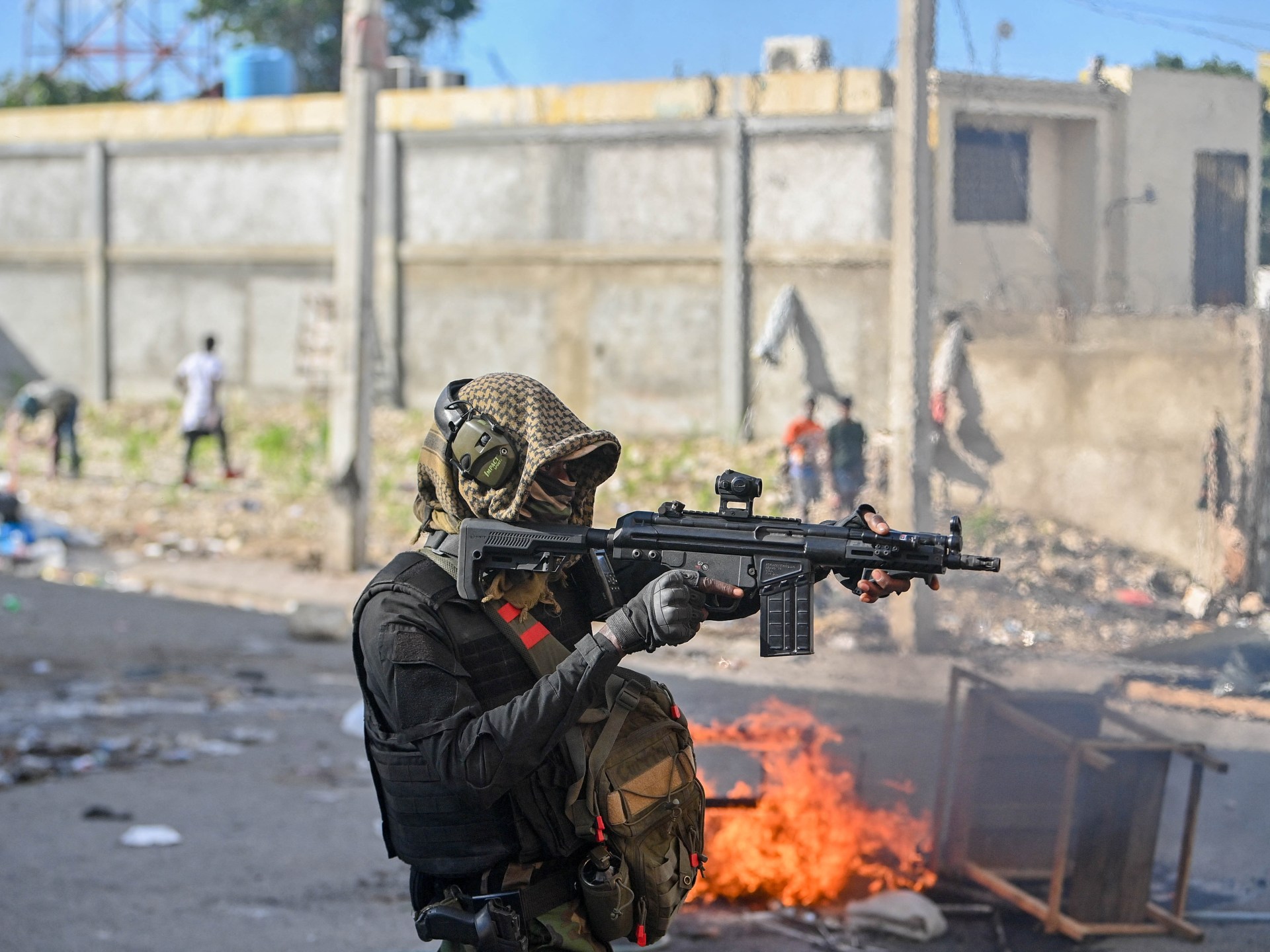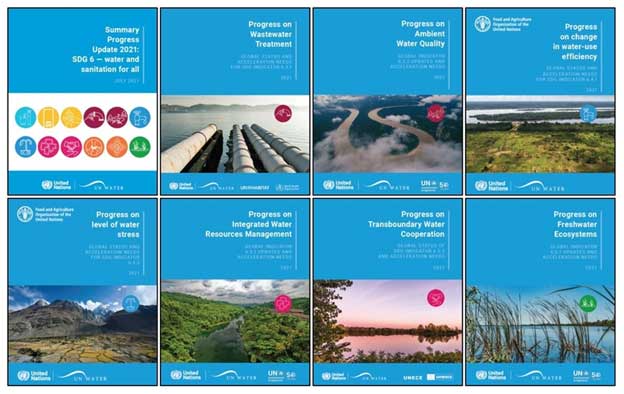Storm Daniel causes deadly flooding in Libya’s Derna
At least 150 people were killed in Derna as a result of the tropical-storm-like storm, named Daniel, an official with the Libyan Red Crescent said to Reuters, adding that the organization expected the death toll to rise.
Libya is politically and geographically split between east and west and ruled by two rival governments, including a United Nations-backed administration in Tripoli. In eastern Libya, officials said that thousands were believed dead or missing in Derna.
In a choppy phone interview with a local television channel, Osama Hamad, prime minister of the eastern Libyan government, estimated that 2,000 were feared dead but gave no source for the figure.
“We are alerting all medical apparatuses, all medical bodies, to move to Derna,” he said, his voice dipping in and out from poor connection. “There are no communications — I had to leave Derna to get this connection.”
The interior minister in eastern Libya, Issam Abu Zureibah, also said that at least 1,000 people were killed. “The damages are very serious,” he said in an interview with the Saudi Arabia-based news channel Al-Hadath. “There are areas that were swept away entirely into the sea.”
The last instance of large-scale flooding in Libya was in 2019, when four people died in the southwest of the country, according to the United Nations Office for the Coordination of Humanitarian Affairs.
But Storm Daniel, which wreaked havoc in Greece, Turkey and Bulgaria last week, triggered torrential downpours that overwhelmed infrastructure. At least 26 people died in the three countries according to the Associated Press.
Libya’s National Center of Meteorology reported rainfall totals of 414.1 millimeters — more than 16 inches — of rain over 24 hours in Bayda, where at least 12 people were reported dead, according to Floodlist, a website that aggregates flood information. Bayda only receives about half an inch in a typical September and about 21.4 inches of rain in an average year.
About 170 millimeters of rain — 2.75 inches — fell in Al Abraq in the Derna District. Witnesses told Reuters that the floodwaters in Derna reached as high as 10 feet.
“We hope for the urgent opening of a sea corridor, and we hope for urgent international interference urgently,” said Ahmad Amadward, a member of Derna’s town council, in a video message carried by Derna’s Municipal Council Facebook page.
The storm was expected to bring heavy rains and flooding to northern Egypt into Tuesday before dissipating. Egyptian’s Meteorological Authority warned residents in the greater Cairo area to prepare for major rainfall. But officials also said that the storm lost most of its energy over the arid terrain of Libya so its intensity was easing.
The storm formed amid the same extreme weather pattern linked to deadly flooding in Spain and extreme heat over large parts of western Europe that broke dozens of records.
After it triggered severe flooding in Greece, the storm transitioned into what is known as a “medicane” or tropical-like cyclone that occasionally forms over the Mediterranean Sea. The storm became stronger as it drew energy from the abnormally warm waters, a process intensified by human-caused climate change, before drifting to the south and east and unloading excessive rainfall over northeastern Libya.
Jason Samenow contributed to this report.
Check out our Latest News and Follow us at Facebook
Original Source







